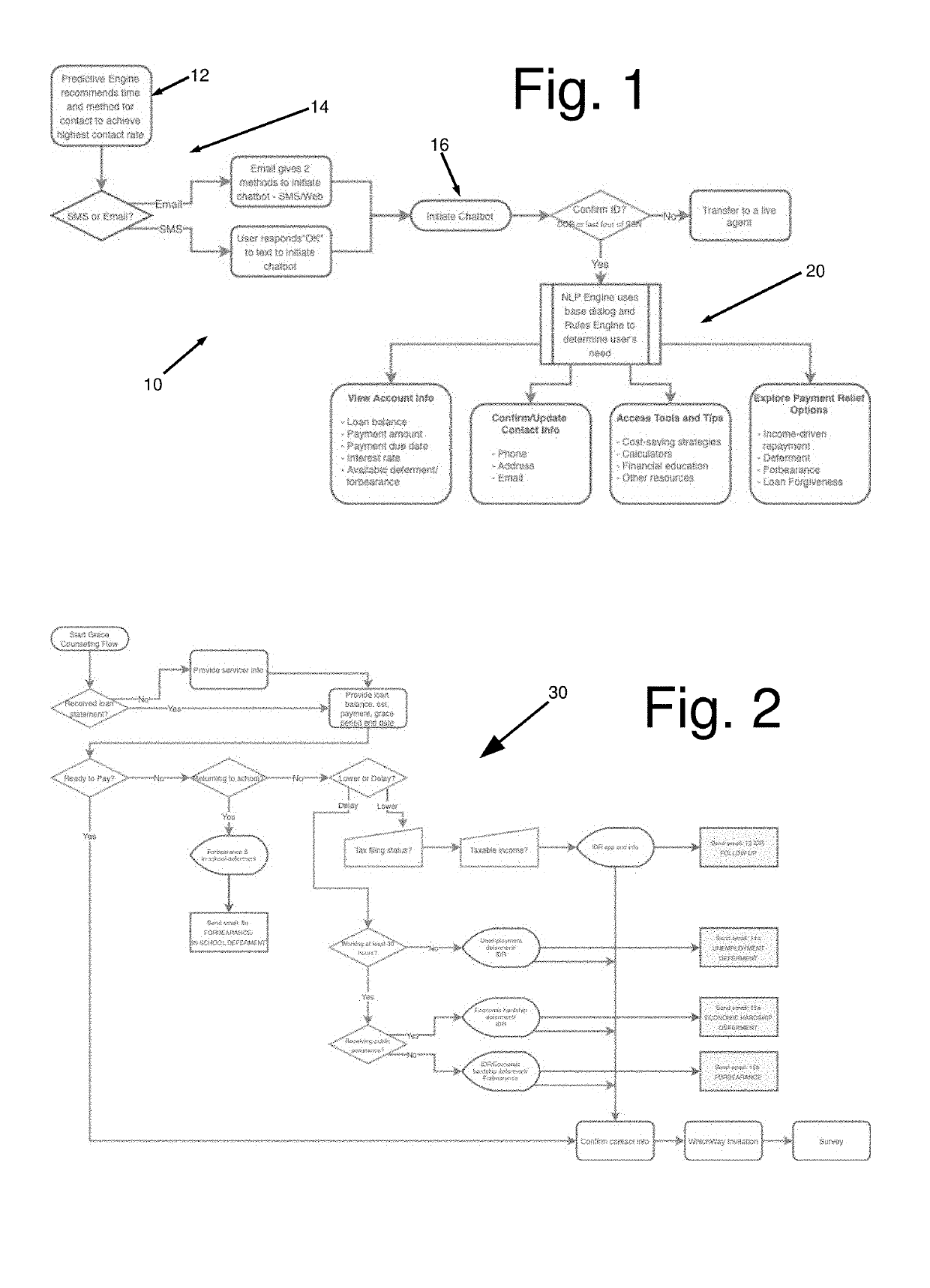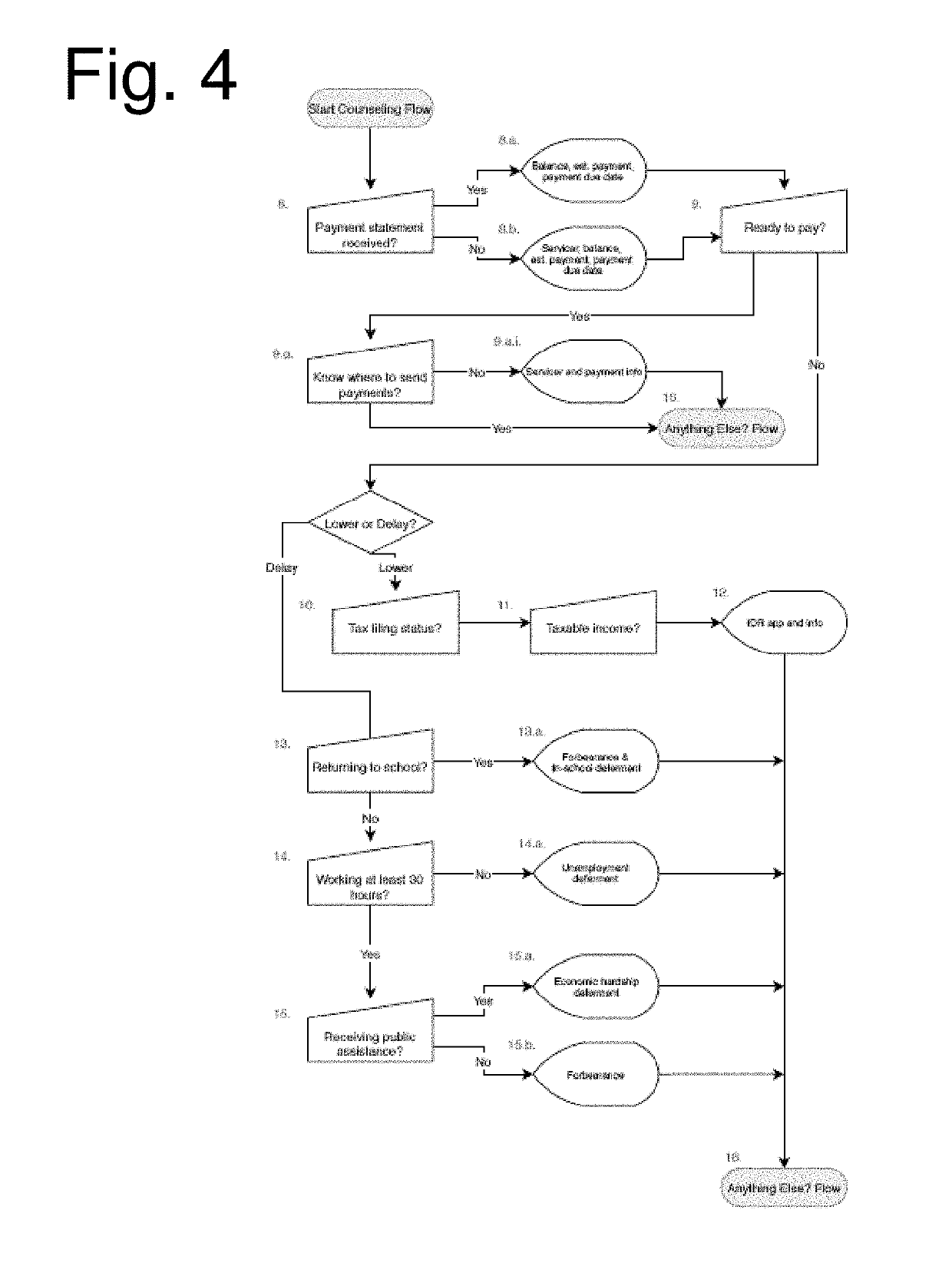In addition to monetary transactions, borrowers generate a massive amount of inbound communications requiring a response.
The higher education industry that serves these loans and their borrowers has been unable to scale up their service capacities to meet these ballooning demands for debt management and borrower support.
Unfortunately, inefficiency permeates the call centers across the entire industry plaguing it with problems in hiring, training, management,
burnout, equipment,
workspace,
human error, administrative overhead, etc.
Common failures in the system include not presenting borrowers all of their repayment options and miscalculating what borrowers should have to pay across their selection of income-driven repayment (IDR) plans.
Borrowers are commonly and repeatedly placed in costly forbearance plans without offering them more beneficial options.
However, customers struggle to find information about and understand the 30+ repayment options (e.g., different plans like IDR, deferment, consolidation, forgiveness, etc.), due to challenges navigating existing information sources and understanding numerous option requirements.
This impedes the customer's ability to choose the right option or combination of options.
Customers struggle to understand and fulfill repayment application and re-certification requirements, leading to delays, re-work, and possible exclusion from their best options.
Many applications are rejected due to customer error, driven by manual application processes / forms.
Limited insight into
processing timing or status prevents customers from resolving issues quickly.
Customers struggle to understand the cumulative
impact of what they have borrowed, how interest accrues and capitalizes, how their payments evolve over time, how their payments are calculated, and what progress they've made on repaying their loans.
They may disagree with their
payment amounts and balance, either due to limited understanding (e.g., of
impact of forbearance on interest accrued) or actual servicer
human error.
Customers struggle to identify who to pay, when to pay, and how to pay.
They may struggle to sign up for auto-debit or experience errors in its execution.
They may be unable to request specific overpayment allocation without calling or mailing their desired allocation, which too often leads to
frustration, errors, or
processing delays.
Customers in delinquency / default have high dissatisfaction, and may experience meaningful negative consequences; every effort should be made to assist them in avoiding delinquency / default.
However, they struggle to understand their options (e.g., IDR, consolidation,
rehabilitation) and report having limited information about or how to pursue them.
They often have not been proactively contacted about their situation and receive limited or generic support as they try to cure.
Customers often go months without their issue being resolved, and they have limited methods of knowing where their requests are in the process.
Customers must navigate multiple accounts, redundant sign-in steps, and challenging log-in and reset processes between both FSA and servicer websites.
For some key customer tasks (e.g., applications), customers may need to jump between multiple sites, different accounts, and
authentication steps, creating barriers to access and customer
frustration.
However, customers struggle to understand the communications they receive due to generic and / or dense language, limited
clarity around expectations or next steps, and challenges receiving or accessing communications due to the channel of distribution or outdated
customer information (e.g., incorrect address).
However, today customers struggle to reconcile the information they receive, as different channels and sources may have inconsistent information due to differences in policy interpretation, inconsistencies with Customer Service Representative (CSR) understanding or
information access (e.g., due to lack of tools and resources and / or inadequate
visibility into customer circumstances).
 Login to View More
Login to View More  Login to View More
Login to View More 


